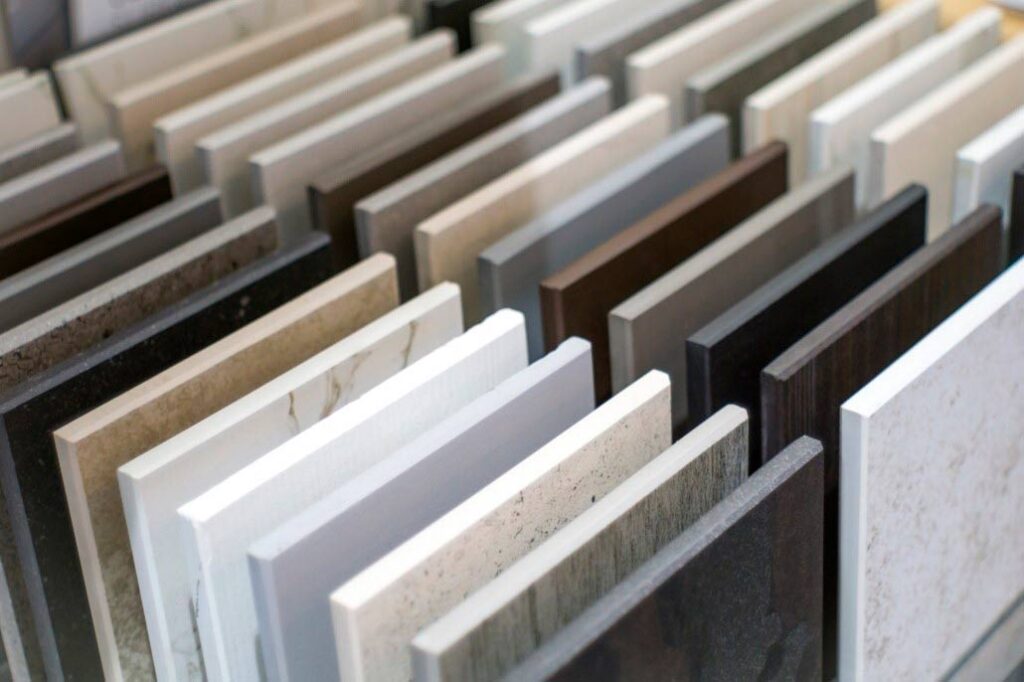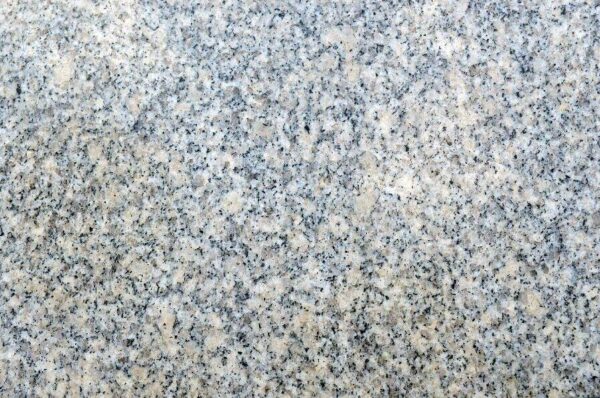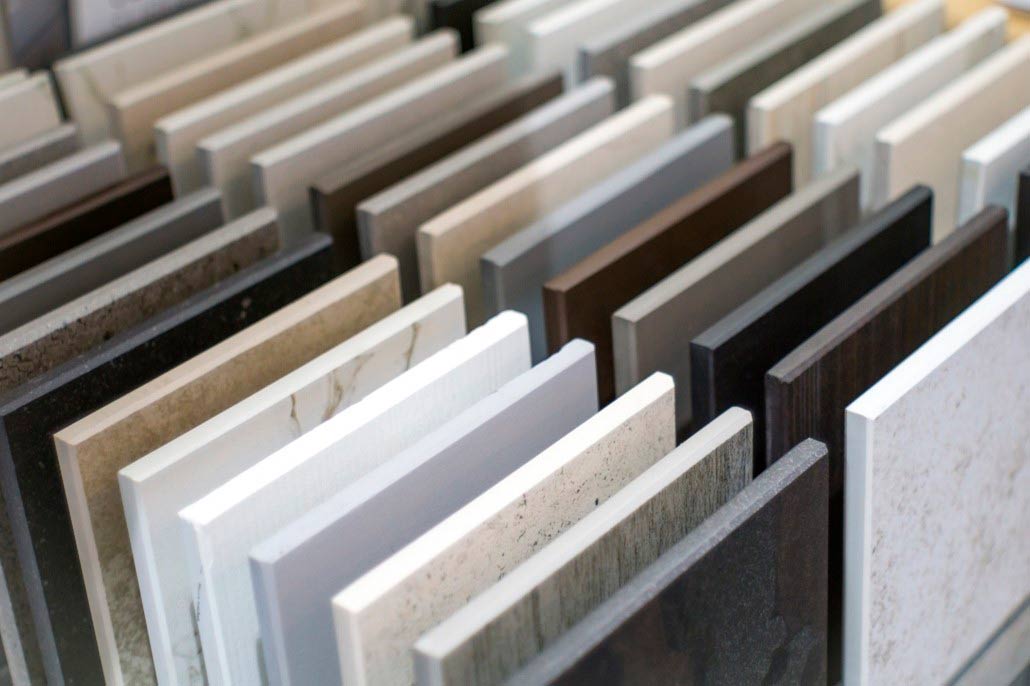Tile has been an exemplary material for home building. It’s durable, water-resistant, and, best of all, easy to clean. Some of the most popular tiling options for homeowners are marble and granite. One tends to win people over in the looks department, but it can also hurt your wallet. The other is the king of durability and stain resistance, while its opponent needs extra care. At the end of the day, the differences are significant enough to know about if you’re planning a renovation project. Both are pretty versatile and popular, but they aren’t for everyone. So, what’s the difference between marble and granite, and which is best for your home’s tile installation?


How They Look
The first thing worth considering is aesthetics. While granite and marble are both beautiful, they create pretty distinct impressions. Both are naturally occurring and come in a dazzling array of colors and patterns.
Depending on the finishing and pattern, it can be difficult to tell the difference at first glance. With that said, there are things to look out for.
Both materials can have prominent veins, but they differ in strength. Patterns on granite tend to look more splotchy or speckled. On marble, the pattern can often streak outward and meander like intricate rivers.
Marble can have a natural sort of elegant asymmetry for those who enjoy unique patterns and directions. On the other hand, granite has more of a predetermined pattern, despite not actually being one.
This is because, as we’ve already said, granite and marble are both natural. The pattern you often see in natural granite isn’t actually symmetrical or perfect. Granite is pretty unique on its own.
The difference is that the irregularities in granite are often more subtle. The pattern is the central aesthetic feature in marble and stands out a ton. It is, of course, possible to get perfectly smooth and uniform marble and granite. However, these are often artificial and not as nice to look at. One thing is for sure, no matter which you choose, you have some stunning patterns to pick from.
How Granite and Marble Form
How are granite and marble formed? Of course, both materials are natural rocks, but there’s more to the story. Both get formed and stay under the earth’s crust, but the process is different.
One requires volcanic heat, and the other requires slow and powerful pressure. This difference also lies in some of the main differences explored later in this guide. These are looks and durability.
What is Granite?
Let’s start with granite. Granite is an igneous rock, meaning it owes its formation to molten lava or magma. As a volcanic rock, part of its formation requires ridiculous amounts of rapid heat.
Granite gets formed through a process of constant heating and cooling down. This makes it super durable and hard. The relative rapidity of the process, as well as the volcanic heat, is what gives it a more uniform color palate and an assortment of patterns.

What is Marble?
Although it still takes millions of years, marble requires more pressure than heat. In particular, several layers and combinations of sedimentary rocks fuse with other elements.
In the end, this produces marble after many thousands of millennia. Of course, heat does factor in, as marble gets exposed to extreme temperatures. However, this overall process isn’t so rapid.
The slowness of marble formation gives the material something important. It gives it plenty of time to incorporate other stones and natural materials. This is why marble often has such noticeable and strong patterns compared to others.
All those streaks and different hues come from other natural stones and materials trapped in the formation of the marble. Unlike granite, they aren’t melted away or homogenized. Instead, they retain their gorgeous appearance within the marble.

Differing Costs
Marble is a versatile material, and you can use it almost anywhere. The fact is, however, that marble is expensive – especially compared to granite.
We should preface this by saying not all marble is more expensive than all granite. There are exceptions to every rule, and the same applies here. You can find excellent quality marble for affordable prices.
You can also find out-of-this-world granite for a king’s ransom. Some of your decision will come down to preference, aesthetics, and availability. That said, the cost is still worth considering.
The golden ratio you’ll tend to run into is 0.66. This means that marble tends to be 66% more expensive than granite per square foot, on average. So what does this look like in practice?
Let’s pretend you find granite at $35 per square foot. You can expect marble of a similar spec and quality to cost you around $58 per square foot. Now again, this is going to differ based on a lot of factors.
It’s always possible to find discounts and deals, and the type of material you like will matter. For example, marble can easily go over $100 per square foot. Some people spend tens of thousands of dollars, or even more, to import the highest quality marble.
You might also find marble for $20 per square foot if you’ve hit the mother load. Make sure to check that it isn’t low quality for your needs, though. Deals like that are sometimes too good to be true.
A Question of Durability
A significant difference between marble and granite has to do with durability. As teased earlier, granite is the harder stone. This also makes it significantly more durable.
Because of this fact, granite makes for excellent outdoor tiles. In addition, granite is resistant to scratches and chips and won’t show wear and tear as easily as marble.
That said, it would be unfair to imply that marble is weak. It is a stone, after all, and we wouldn’t use it for kitchen countertops if it couldn’t hold its own.
For some people, the difference in hardness and durability might not be noticeable. However, if we decide based on technicality, granite wins in the durability department.

Considering Porosity
Whether you go for ceramic tiles or anything else is always worth noting. Porosity refers to how porous something is, meaning how well water seeps in. Porosity is crucial because granite and marble have different levels of it.
Granite is a harder and sturdier stone and also happens to be less porous than marble. Depending on where you are using the material, this can be a big deal. Spills and stains can sink deeper into the stone if you use porous material.
This can cause cracks or damage and be impossible to clean or remove. The impacts of this range from reducing the beauty of the surface to causing long-term damage.
Many people who opt for marble tiles or countertops because of their beauty have to deal with this. They reseal the marble surface every year to stop the natural porosity of the marble.
It’s worth noting, however, that while granite is one of the least porous natural stones, it isn’t immune. Those who opt for granite should also consider resealing the material every year or two to be safe. You have more leeway than marble, but you should still work to protect your investment.
Cleaning and Maintenance
Maintenance and cleaning are also sometimes different, depending on the material. However, when it comes to marble bathroom tile installation, this will make all the difference.
We discussed durability and porosity above, but think about what that means. Cleaning and maintaining marble is a lot more difficult than granite. Marble is softer, more porous, and more prone to stains, chips, discoloration, and general damage.
You should never use super harsh chemicals or abrasion on your surfaces, even if you use granite. However, granite is better able to hold up to abuse than marble. So if you spill something acidic like wine or coffee, it could be a big deal for marble if you don’t clean it up promptly.
A good sealant is essential but doesn’t help you with maintenance. For example, outdoor and bathroom tiles can get filthy, so you need to clean them. Unfortunately, they also take a lot of abuse.
Granite is easier to work with, and it lasts longer. This makes granite cheaper to maintain compared to marble. This is why granite has started replacing marble for heavy-duty surfaces like countertops.
The Difference Between Marble and Granite
The difference between marble and granite is pretty easy to understand. There’s more to it than one always being more expensive than the other or more beautiful. Each material has pros and cons and features that make it unique.
If you find yourself taking on a project and you’re in need of professional help, you’ll be in safe hands with RUBI. We have everything you need, including advice, to help you take your home to the next level. Contact us today for all your tiling needs!



Post a comment